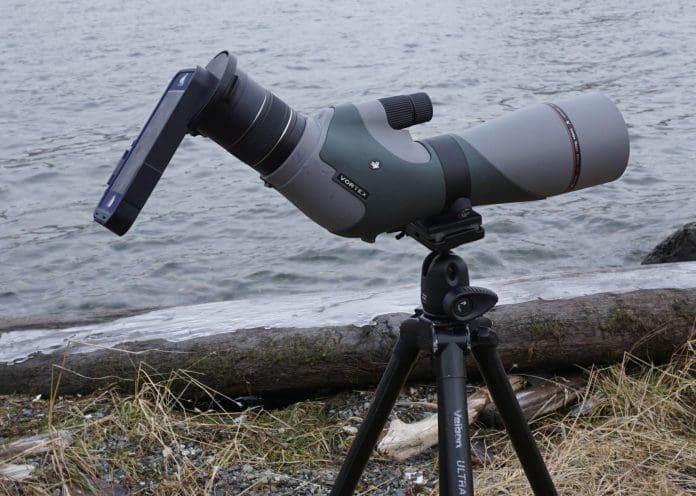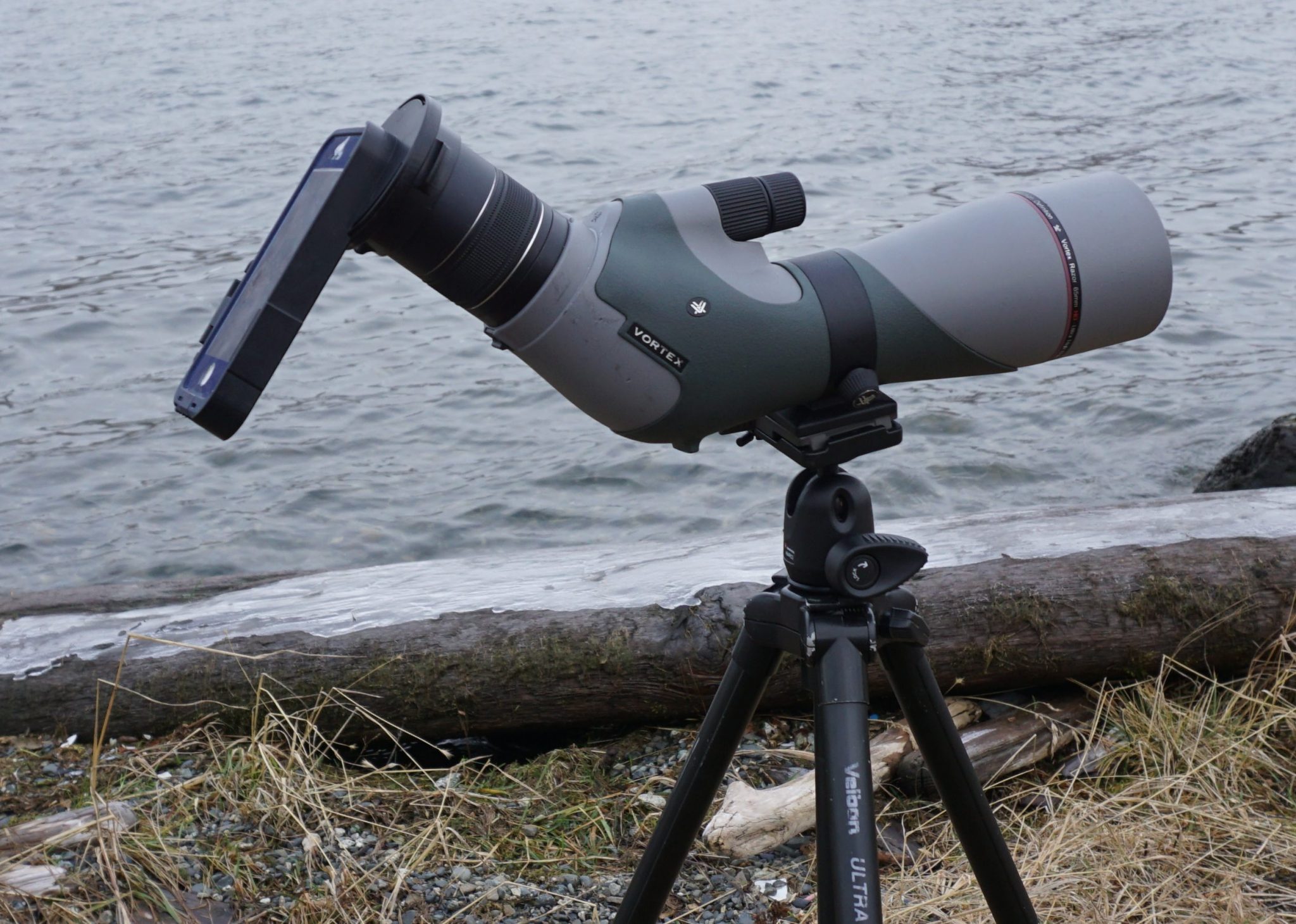Phone Skope Goes to Alaska
By Luke Moffat, Rokslide Staff
If you have ever tried lining up your camera through a spotting scope by hand, you know how hard it is to get a good picture. Trying to compose a photo that has the subject lined up through the spotter, that’s in focus, and has minimal vignetting can be a tremendous challenge.
After years of doing this with minimal success (at best), I bought an adapter for my point-and-shoot camera which made things a lot easier. That said, more and more it seems folks are taking their phones with them into the field. I think this is because most backpack style hunters can appreciate the multi-use applications of today’s smartphones. These phones can keep you connected (if you have cell service), listen to music, help you setup for a long range shot, and wake you up each morning. Of course these devices also house a built-in camera. So maximizing the use of that camera in the field as much as you can only makes sense. Enter the Phone Skope. 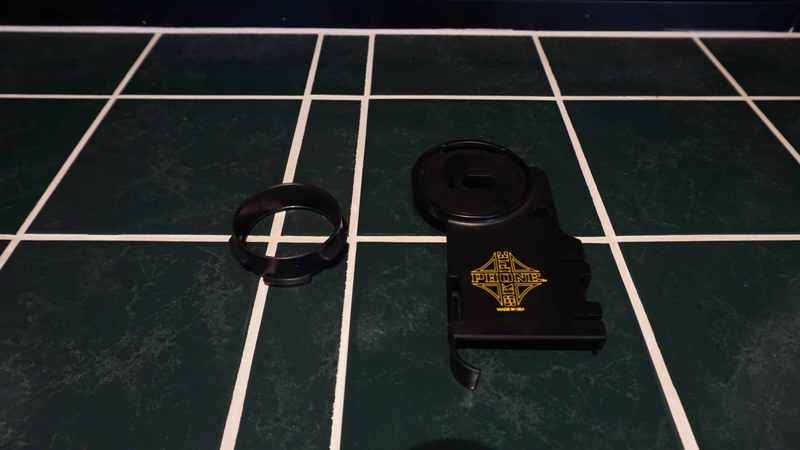
Spotting Scope Adapter with Phone Housing
Phone Skope makes housings for different models of phones that allow the camera on the phone to line up to various different types of spotting scopes. They also build different housings to connect your specific spotting scope Phone Skope phone housing. In my case I have a iPhone 5s with a Lifeproof case. My spotting scope is a Vortex 65mm 16-48X (shown in lead photo).
Once you connect the Phone Skope housing to the spotting scope adapter and mount the setup onto the eyepiece of the spotting scope, you then go into camera mode on the phone to get the subject (in my case mountain goats and deer) as much into the center of the screen as possible. I found that once I had the subject pretty well centered, I would use both the manual focus and zoom of the spotter as well as a little of the zoom of the camera to alleviate any vignetting.
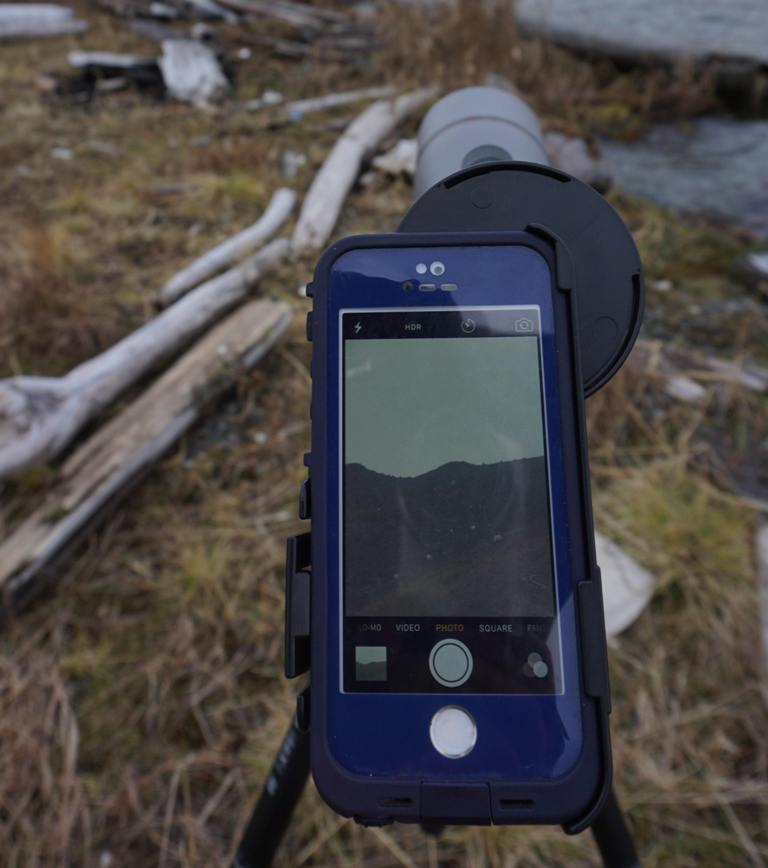
Mountain Goats 1.5 miles away as seen through an iPhone 5s connected to a Vortex spotter
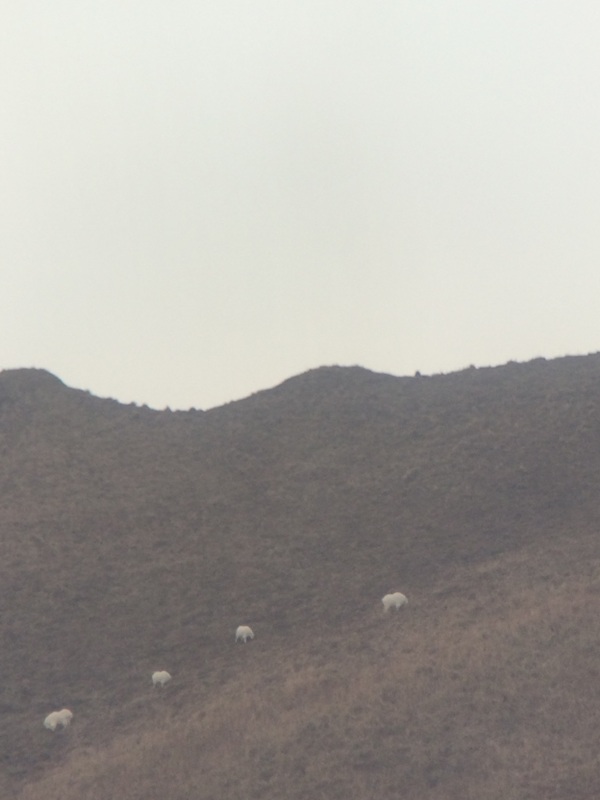
Actual photo of same goats taken at 1.5 Miles
What I liked most about this setup was how it was basically plug and play. There wasn’t any fooling with the line up of the camera lens of the phone with the spotter. Phone Skope seems to have all their measurements spot on to ensure proper line up which means I can focus more on getting the pictures and video I want and less on jockeying the camera into the correct position to line it up with the scope.
Phone Skope Remote
A key ingredient to capturing good images while digiscoping is hands-free operation. This can be done through the use of a timer on the camera, or the far easier method is simply to use Phone Skope’s optional Bluetooth wireless remote. The problem with a timer is that you inevitably get a picture of whatever the animal is doing 10 or so seconds after your click the shutter, thus often missing what you were actually trying to capture the animal doing in your photo.
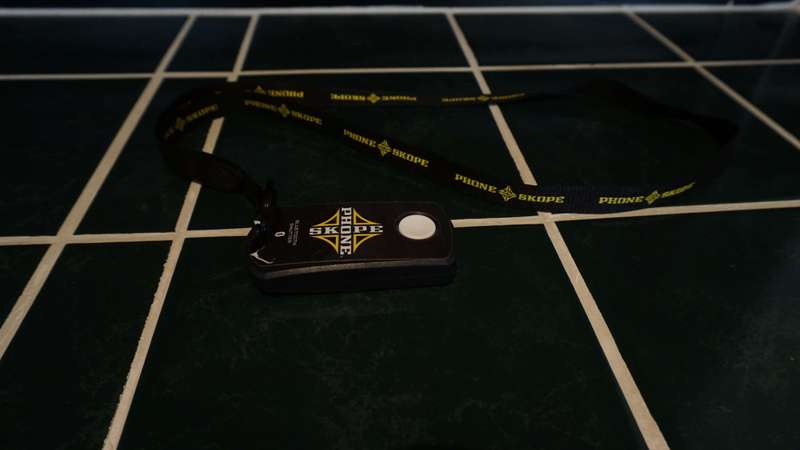
The Phone Skope Wireless Bluetooth Remote
A wireless remote allows you to take photos in real-time through the spotter, without the risk of shaking. Luckily, Phone Skope offers a remote you can control the shutter on the camera of your phone via Bluetooth. I highly recommend upgrading to the remote when you order your Phone Skope. It makes taking pictures at the exact second you want or starting and stopping video without shaking the frame possible. This all leads to better pictures and video in the end.
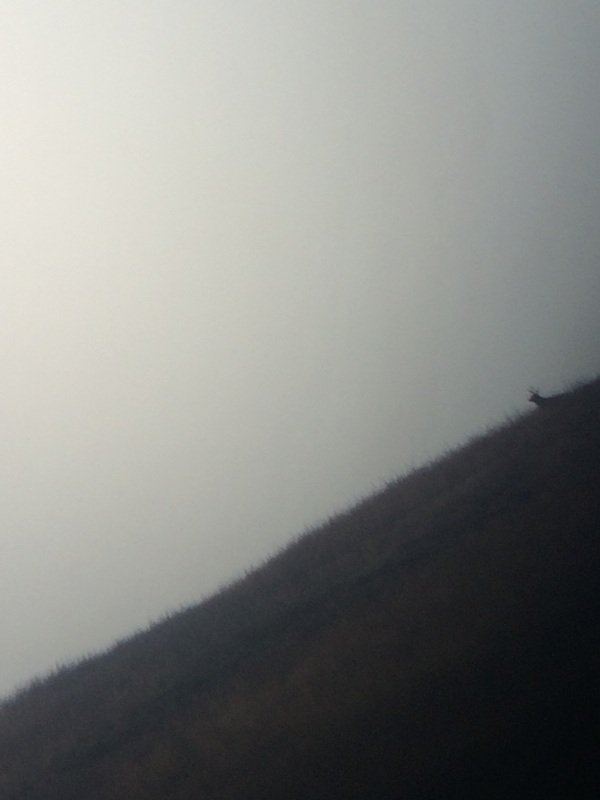
Deer at 2.75 Miles Away Taken with Remote Shutter
Overall the Phone Skope exceeded my expectations for ease of use in taking pictures with my phone’s camera through a spotter. Like I mentioned in the intro, if you have ever tried manually lining up a camera through your spotting scope, it’s a lesson in futility and you often only end up with “OK” pictures if you’re lucky. Being able to focus solely on when to actuate the shutter and not having to worry about alignment or shutter shake has made my whole digiscoping experience a heck of a lot more enjoyable.
You can ask Luke questions or discuss this article here














